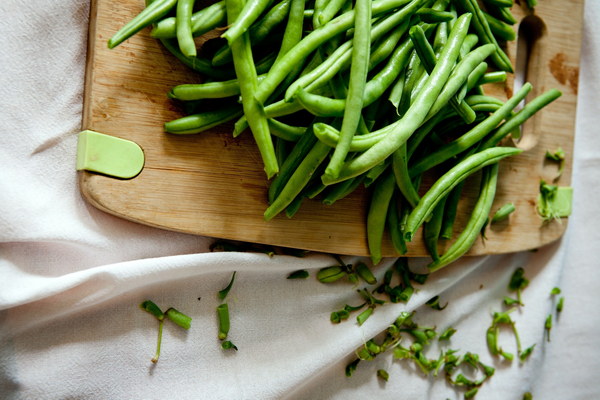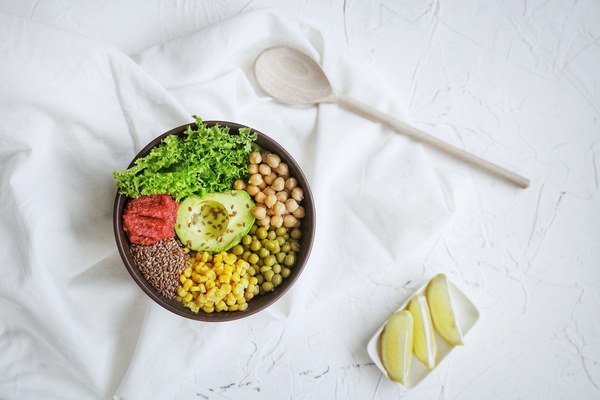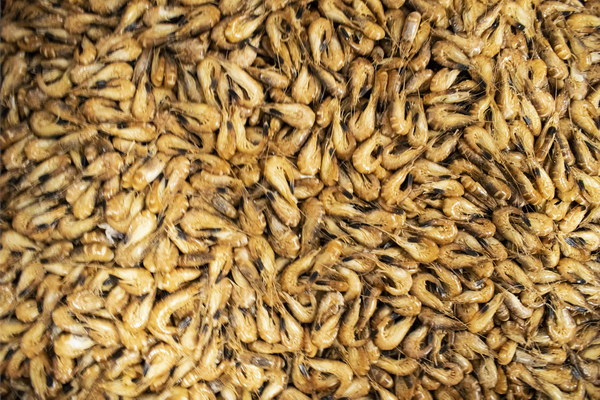The Importance of Warming and Drying Foods Nourishing Your Body Against Cold and Dampness
In the realm of traditional Chinese medicine, the concept of balancing the body's internal environment is paramount. One of the most common imbalances that people aim to correct is the presence of dampness and cold in the body. This article delves into the reasons behind why individuals seek out warming and drying foods and the benefits they provide.
Understanding Dampness and Cold
In traditional Chinese medicine, dampness and cold are considered to be two of the main external factors that can disrupt the body's harmony. Dampness is often associated with excess moisture in the body, which can lead to symptoms such as fatigue, bloating, and joint pain. Cold, on the other hand, refers to a lack of warmth or heat in the body, which can manifest as weakness, chills, and a pale complexion.
When these two elements are present together, they can create what is known as Damp-Cold, a condition that can lead to a range of health issues. The goal of using warming and drying foods is to counteract these imbalances and restore balance to the body.
Reasons for Consuming Warming and Drying Foods
1. Enhancing Blood Circulation: Warming foods, such as ginger, cinnamon, and black pepper, can help stimulate blood flow and warm the body from within. This is particularly beneficial during colder months or for those with poor circulation.
2. Boosting Immunity: Dampness and cold can weaken the immune system, making the body more susceptible to infections. Warming and drying foods, such as garlic and onions, are known for their immune-boosting properties.
3. Improving Digestion: Dampness is often associated with poor digestion, leading to symptoms like bloating and constipation. Drying foods, like millet and quinoa, can help absorb excess moisture and improve digestive function.
4. Relieving Joint and Muscle Pain: Dampness and cold can exacerbate joint and muscle pain. Warming foods, like turmeric and hot peppers, can help alleviate discomfort by increasing blood flow to the affected areas.

5. Promoting Energy and Vitality: A body that is free from dampness and cold will feel more energetic and vital. Warming foods, such as walnuts and dates, are believed to increase energy levels and improve overall well-being.
Popular Warming and Drying Foods
- Ginger: This versatile root is known for its warming properties and can be used in teas, soups, or as a spice in various dishes.
- Cinnamon: A sweet spice that not only adds flavor to desserts but also helps warm the body and improve digestion.
- Garlic: A powerful immune-boosting food that can be added to a variety of dishes for its health benefits.
- Onions: These are both warming and drying, making them a great addition to many recipes.
- Millet: A gluten-free grain that is naturally drying and can be used in porridge or as a base for savory dishes.
- Quinoa: Another gluten-free grain that absorbs moisture and can aid in digestion.
- Turmeric: This spice has anti-inflammatory properties and can be used in curries, soups, and smoothies.
- Black Pepper: A warming spice that enhances the absorption of nutrients and improves digestion.
Conclusion
The consumption of warming and drying foods is a time-honored practice in traditional Chinese medicine, aimed at balancing the body's internal environment and promoting overall health. By incorporating these foods into your diet, you can help ward off dampness and cold, leading to improved energy, digestion, and immune function. Remember, the key to balancing your body's yin and yang is to listen to your body's needs and adjust your diet accordingly.


![Relax Your Tired Feet with a Call to [Foot Spa Store Phone Number]](http://img.bluepurple.cn/a/养生/528/Relax-Your-Tired-Feet-with-a-Call-to-Foot-Spa-Store-Phone-Number.jpg)






